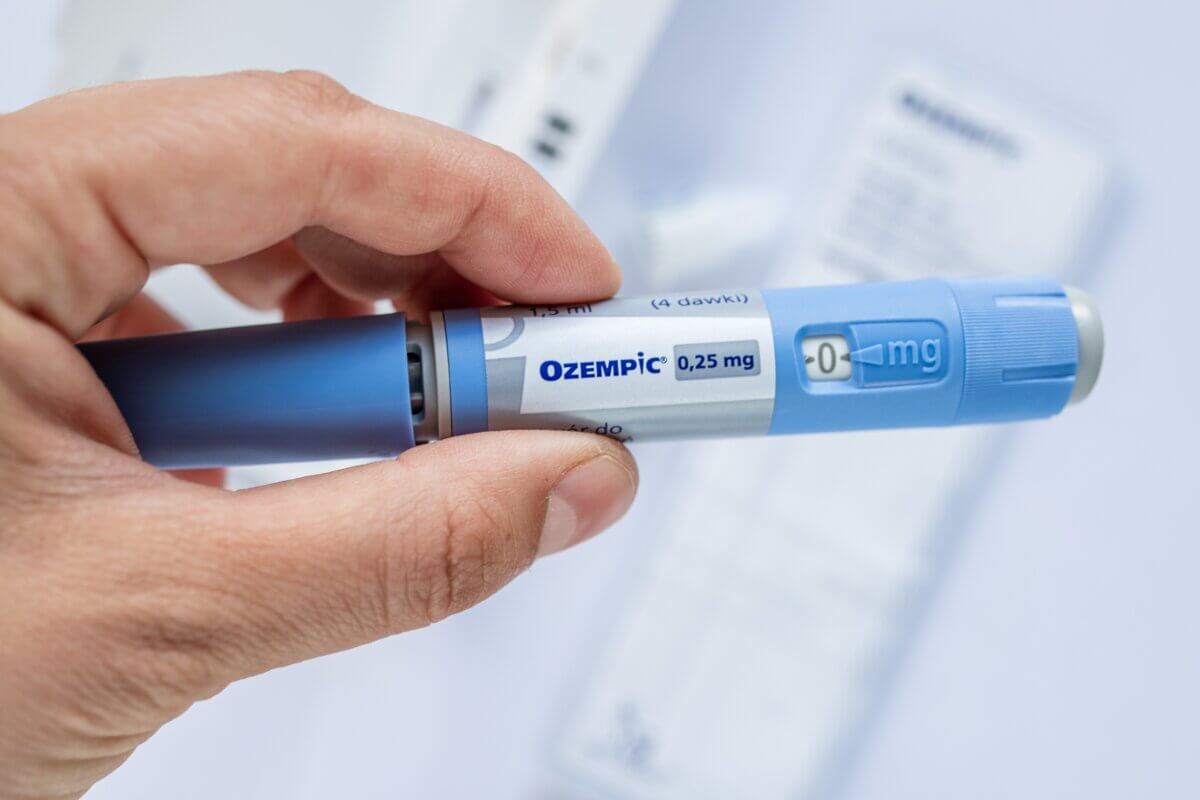

Articles
How To Store Ozempic
Modified: March 2, 2024
Learn the best practices for storing Ozempic in this informative articles. Keep your medication safe and effective with proper storage techniques.
(Many of the links in this article redirect to a specific reviewed product. Your purchase of these products through affiliate links helps to generate commission for Storables.com, at no extra cost. Learn more)
Introduction
Welcome to our comprehensive guide on how to store Ozempic. If you or your loved one have been prescribed this medication, it is crucial to understand the proper storage methods to ensure its effectiveness and safety. Ozempic is a widely used medication for managing type 2 diabetes. It belongs to the class of drugs known as GLP-1 receptor agonists and is designed to help control blood sugar levels. Proper storage of Ozempic is essential to maintain its potency and to ensure that it remains safe for consumption. In this article, we will discuss the importance of storing Ozempic correctly, recommended storage conditions, and tips for avoiding common storage mistakes. Whether you are storing Ozempic at home or traveling with it, this guide will provide you with the necessary information to keep your medication in optimal condition.
Key Takeaways:
- Proper storage of Ozempic is crucial to maintain its potency and ensure patient safety. Follow recommended guidelines to protect it from light, moisture, and extreme temperatures, whether at home or while traveling.
- Storing Ozempic in the refrigerator is preferred, but room temperature storage is an alternative. Avoid common storage mistakes and consult healthcare providers for personalized guidance to maintain its effectiveness.
Read more: Ozempic How To Store
Understanding Ozempic
Ozempic, also known by its generic name semaglutide, is a medication used to manage type 2 diabetes. It works by mimicking the effects of a hormone called glucagon-like peptide 1 (GLP-1), which helps regulate blood sugar levels. By activating the GLP-1 receptors, Ozempic stimulates insulin secretion, slows down digestion, and reduces the production of glucose in the liver. This combination of actions helps to lower blood sugar levels and improve glycemic control in individuals with type 2 diabetes.
Ozempic is typically prescribed as an injectable medication that is taken once a week. It comes in pre-filled pens that contain a specific dose of semaglutide. The pen is designed for easy and convenient self-administration by the patient. It is important to note that Ozempic is not a substitute for insulin and should not be used to treat type 1 diabetes or diabetic ketoacidosis.
Understanding how Ozempic works is essential for managing diabetes effectively. However, it is equally important to store this medication properly to ensure its potency and safety.
Importance of Proper Storage
The proper storage of Ozempic is crucial for maintaining its effectiveness and ensuring patient safety. Improper storage conditions can lead to the degradation of the medication, resulting in a loss of potency and reduced therapeutic benefits. Additionally, storing Ozempic incorrectly can pose health risks, as the medication may become contaminated or spoiled.
One of the main reasons why proper storage is important is to prevent the degradation of active ingredients in Ozempic. Like many medications, semaglutide can be sensitive to factors such as temperature, light, and moisture. Exposure to extreme temperatures, such as excessive heat or freezing cold, can significantly impact the efficacy of the drug. This can lead to inadequate blood sugar control and potentially worsen the symptoms of diabetes. Similarly, exposure to light, especially direct sunlight, can cause the medication to degrade faster. Moisture can also affect the chemical stability of Ozempic, potentially rendering it less effective.
Furthermore, storing Ozempic inappropriately can increase the risk of contamination and bacterial growth. It is important to keep the medication in a clean and controlled environment to minimize the chances of introducing harmful bacteria or other contaminants. This is especially crucial for individuals with compromised immune systems or those who are at a higher risk of infections.
By storing Ozempic correctly, you can ensure that the medication remains safe, effective, and suitable for use. This will help you maintain better blood sugar control and reduce the risk of complications associated with diabetes.
Recommended Storage Conditions
Proper storage of Ozempic involves following specific guidelines to ensure that the medication remains stable and effective. Below are the recommended storage conditions for Ozempic:
- Temperature: Ozempic should be stored at a temperature between 36°F (2°C) and 46°F (8°C) when being stored in a refrigerator. However, it is important to note that the medication should not be frozen. If Ozempic accidentally freezes, it should not be used and should be discarded.
- Light: Ozempic is sensitive to light, especially direct sunlight. It should be stored in its original packaging or in a container that provides protection from light.
- Moisture: It is essential to keep Ozempic away from moisture and humid environments. Storing it in a dry place, such as a medicine cabinet or a drawer, is recommended.
- Proper Seal: Ensure that the cap on the Ozempic pen is tightly closed, and the pen is stored in an upright position to prevent leakage.
Following these recommended storage conditions will help maintain the stability and effectiveness of Ozempic throughout its shelf life.
Storing Ozempic at Room Temperature
While the recommended storage conditions for Ozempic involve refrigeration, it is also important to know how to store the medication at room temperature, especially if refrigeration is not readily available or convenient. When storing Ozempic at room temperature, it is essential to adhere to the following guidelines:
- Temperature Range: Ozempic can be stored at room temperature between 59°F (15°C) and 86°F (30°C). It is important to avoid storing it in excessively high temperatures or temperatures above 86°F (30°C) as this can affect the stability and potency of the medication.
- Protect from Light: Just like when stored in the refrigerator, Ozempic should be kept in its original packaging or a container that protects it from direct light exposure. This helps maintain the medication’s stability and effectiveness.
- Keep Away from Moisture: It is crucial to store Ozempic in a dry environment to prevent moisture from compromising the quality of the medication. Storing it in a cool, dry place away from sources of humidity, such as the bathroom, is recommended.
- Monitor Expiry Date: Always check the expiration date on your Ozempic packaging. If the medication has expired, it should be discarded properly and a fresh supply acquired.
- Avoid Extreme Temperatures: Do not store Ozempic in areas that are subjected to extreme temperature fluctuations, such as near heating vents or in a car during hot weather. Exposure to these extreme temperatures can compromise the integrity of the medication.
It is important to consult with your healthcare provider or pharmacist if you have any concerns or questions about storing Ozempic at room temperature. They can provide you with specific guidance based on your individual situation.
Store Ozempic in the refrigerator between 36°F to 46°F (2°C to 8°C) in its original carton to protect it from light. Do not freeze. Once opened, it can be stored at room temperature below 86°F (30°C) for up to 56 days.
Read more: How To Store Basil From Store
Storing Ozempic in the Refrigerator
Refrigeration is the preferred method of storing Ozempic to maintain its stability and effectiveness. Follow these guidelines to ensure proper storage of Ozempic in the refrigerator:
- Temperature: Ozempic should be stored in the refrigerator between 36°F (2°C) and 46°F (8°C). It is important to keep a consistent temperature within this range to prevent overheating or freezing of the medication. Avoid placing Ozempic in the freezer compartment as it should not be frozen.
- Protect from Light: When storing Ozempic in the refrigerator, make sure it is kept in its original packaging or a container that shields it from direct light exposure. Light can degrade the medication, so it’s important to maintain its integrity.
- Placement: Store the Ozempic pen upright in the refrigerator to prevent leakage and ensure the medication is dispensed correctly when needed. Keeping it in an upright position will also prevent any cross-contamination with other food items in the refrigerator.
- Avoid Freezing: Never allow Ozempic to freeze. If you inadvertently find that Ozempic has frozen, do not use it. Thawed Ozempic may be less effective, and using it can lead to inadequate blood sugar control.
- Monitor Expiry Date: Regularly check the expiration date on your Ozempic packaging. If the medication has expired, dispose of it according to proper disposal guidelines and obtain a fresh supply from your healthcare provider.
Remember to consult with your healthcare provider or pharmacist if you have any specific concerns or questions about storing Ozempic in the refrigerator. They can provide you with further guidance based on your individual needs.
Traveling with Ozempic
If you’re planning to travel and need to bring your Ozempic medication with you, it’s essential to consider the following tips to ensure its safe transportation:
- Keep it Cool: If you’re traveling by car, bus, or train and have access to a cooler or insulated bag, consider storing your Ozempic in it to maintain the recommended temperature range of 36°F (2°C) to 46°F (8°C). This can help prevent exposure to extreme heat or cold.
- Use Ice Packs: If you’re traveling for a longer period and don’t have access to refrigeration, you can use ice packs in a cooler or insulated bag to help maintain a suitable temperature for your Ozempic. Just make sure the medication is not directly exposed to the ice packs to avoid freezing.
- Carry a Prescription: It’s always a good idea to carry a copy of your Ozempic prescription, especially when traveling internationally. This can help if you encounter any issues at customs or security checkpoints and may serve as proof that the medication is necessary for your medical condition.
- Separate Storage: Keep Ozempic separate from other food items or liquids to avoid any potential contamination. Place it in a dedicated compartment or pouch in your travel bag to ensure it remains clean and undamaged.
- Check Local Regulations: If you’re traveling internationally, be aware of the customs and medication regulations of your destination country. Some countries may have different restrictions or require specific documentation for bringing medications like Ozempic into the country.
- Carry Extra Supplies: It’s recommended to carry more than enough Ozempic for the duration of your trip. This will ensure that you have an adequate supply in case of unexpected travel delays or lost medication.
Always consult with your healthcare provider or pharmacist before traveling, especially if you have specific concerns or questions about transporting your Ozempic medication. They can provide you with personalized advice and address any additional recommendations based on your individual needs.
Tips for Avoiding Storage Mistakes
Properly storing Ozempic is crucial for maintaining its potency and ensuring its effectiveness. To help you avoid common storage mistakes, consider the following tips:
- Read the Instructions: Familiarize yourself with the storage instructions provided by the manufacturer or on the packaging of Ozempic. Understanding the specific storage requirements will help you avoid any potential mistakes.
- Follow the Recommended Temperature Range: Stick to the recommended temperature range for storing Ozempic. Keep it within 36°F (2°C) to 46°F (8°C) in the refrigerator or between 59°F (15°C) and 86°F (30°C) at room temperature, as instructed.
- Avoid Excess Heat or Cold: Protect Ozempic from exposure to excessive heat or freezing conditions. Avoid storing the medication near direct sunlight or in areas prone to extreme temperatures.
- Don’t Freeze Ozempic: Freezing Ozempic can compromise its effectiveness. Check the medication regularly, especially if stored in the refrigerator, to ensure it has not frozen accidentally.
- Keep it Dry: Store Ozempic in a dry place, away from moisture and humid environments. Do not store the medication in the bathroom or near any potential sources of water.
- Monitor Expiry Date: Regularly check the expiration date on the Ozempic packaging. Expired medication may not be as effective and should be discarded properly.
- Properly Close the Pen: Ensure that the cap on the Ozempic pen is tightly closed after each use. This will prevent leakage and maintain the integrity of the medication.
- Keep Medications Separate: Avoid storing Ozempic alongside other medications, especially those in liquid or powder form. This helps prevent potential cross-contamination and ensures the medication remains clean and untainted.
- Consult Your Healthcare Provider: If you have any specific concerns or questions about storing Ozempic, it is always recommended to consult with your healthcare provider or pharmacist. They can provide you with personalized guidance and address any potential storage issues.
By following these tips, you can ensure that your Ozempic medication remains in optimal condition, maintaining its effectiveness and protecting your health.
Conclusion
Proper storage of Ozempic is essential for maintaining its effectiveness and ensuring patient safety. Whether you are storing it at home or traveling with it, following the recommended storage guidelines is crucial. By storing Ozempic according to the appropriate temperature range, protecting it from light and moisture, and avoiding freezing or overheating, you can maintain the medication’s potency and maximize its therapeutic benefits.
Storing Ozempic in the refrigerator is the preferred method to ensure its stability, but if refrigeration is not available, storing it at room temperature within the prescribed range can be an alternative. When traveling, taking additional precautions such as using coolers, ice packs, and carrying a prescription can help maintain the proper conditions for storing Ozempic.
Avoiding common storage mistakes, such as not properly sealing the pen, exposing it to extreme temperatures, or failing to monitor the expiration date, is crucial. By following the recommended guidelines and consulting with your healthcare provider or pharmacist for any specific concerns or questions, you can ensure that your Ozempic remains safe and effective for managing your type 2 diabetes.
Remember, proper storage of Ozempic is not only about maintaining its potency but also about promoting optimal diabetes management and reducing the risk of complications. By properly storing your medication, you can take control of your health and effectively manage your blood sugar levels.
Always prioritize the storage of Ozempic to ensure the medication’s integrity and maintain its therapeutic benefits. By doing so, you can confidently focus on achieving and maintaining better glycemic control and leading a healthier life with type 2 diabetes.
Frequently Asked Questions about How To Store Ozempic
Was this page helpful?
At Storables.com, we guarantee accurate and reliable information. Our content, validated by Expert Board Contributors, is crafted following stringent Editorial Policies. We're committed to providing you with well-researched, expert-backed insights for all your informational needs.


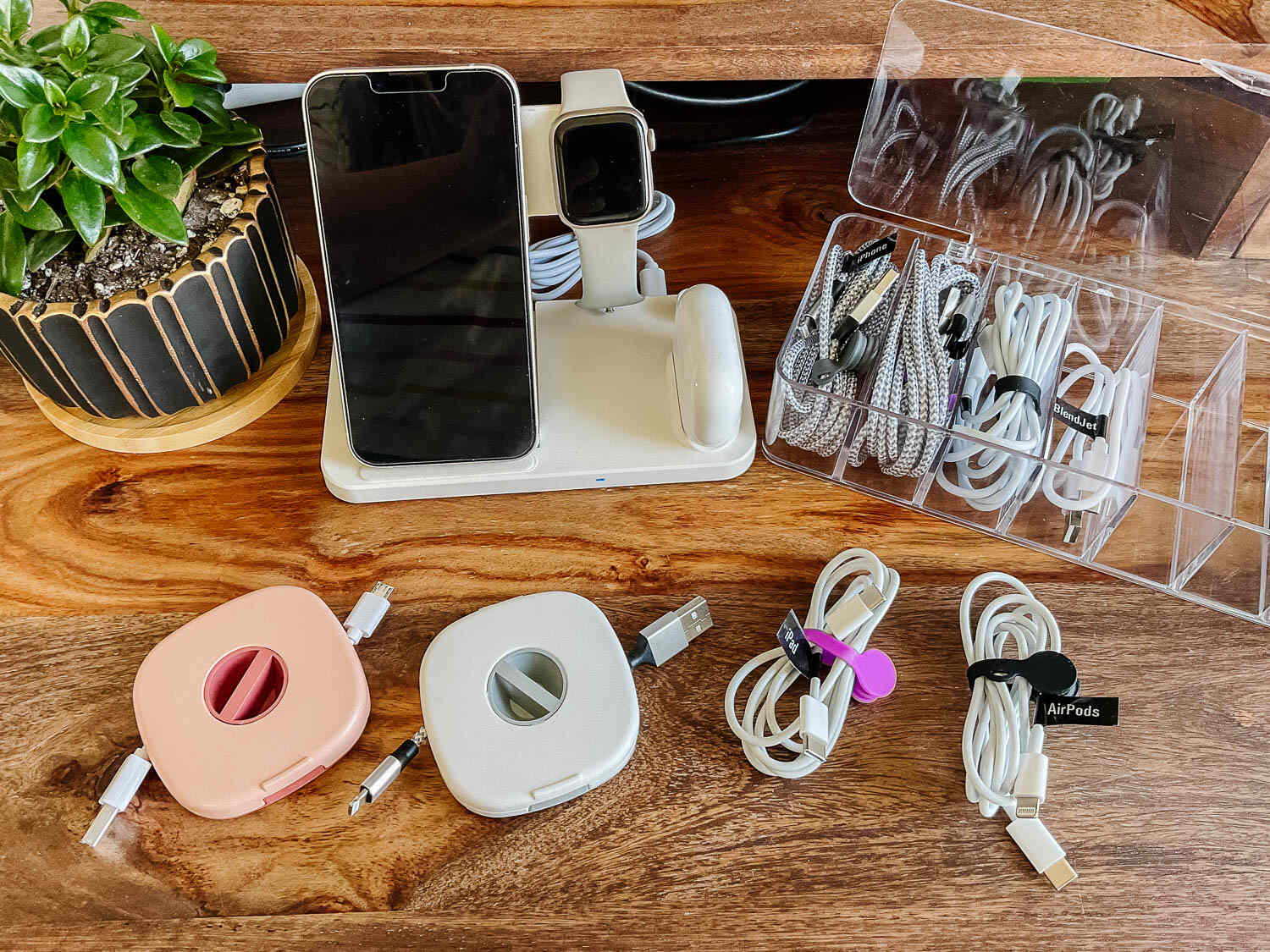


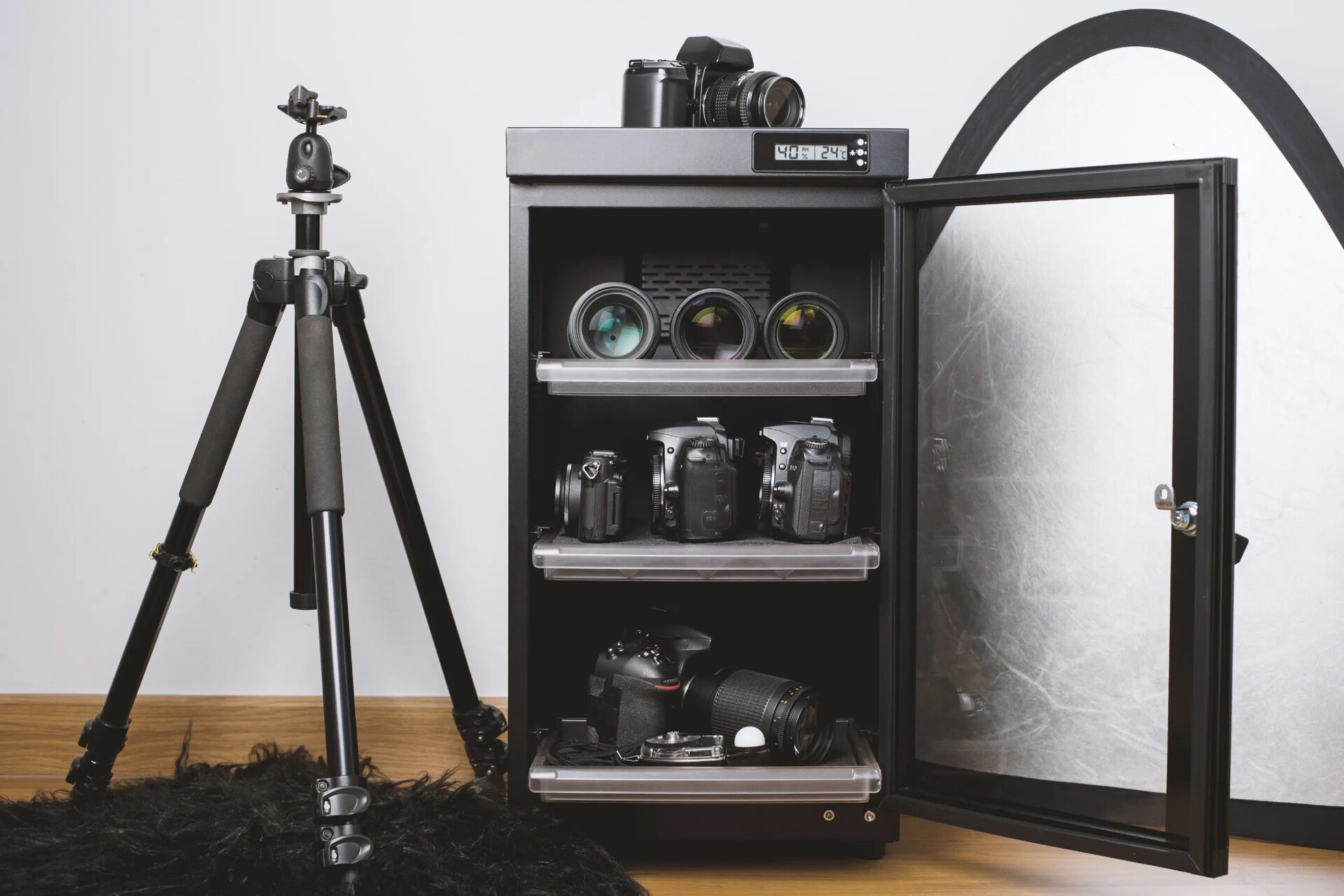

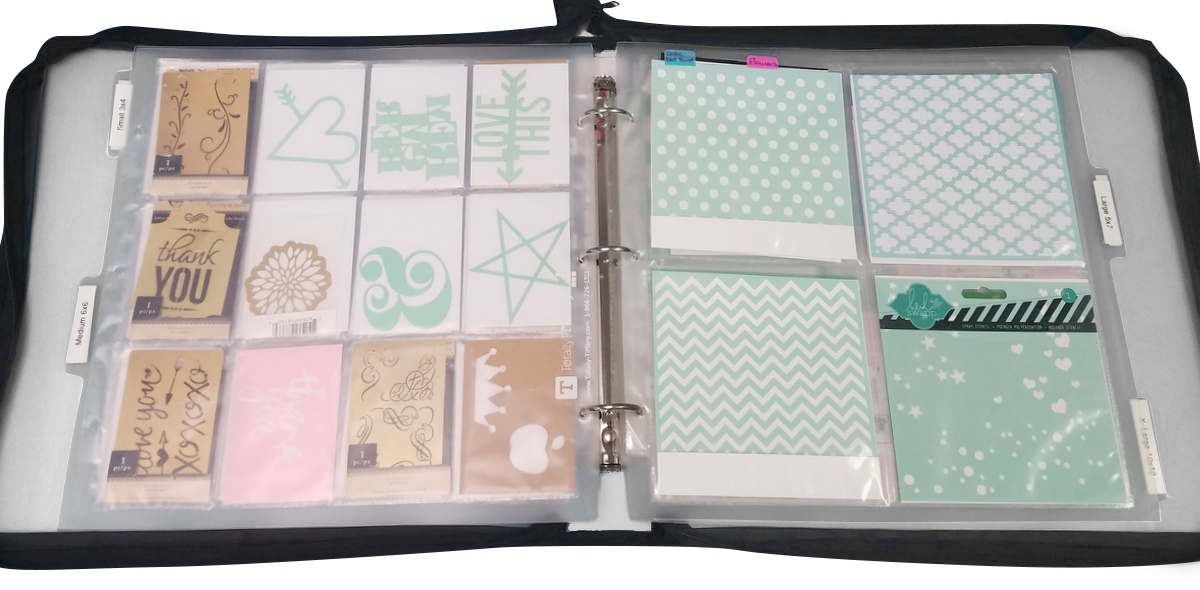
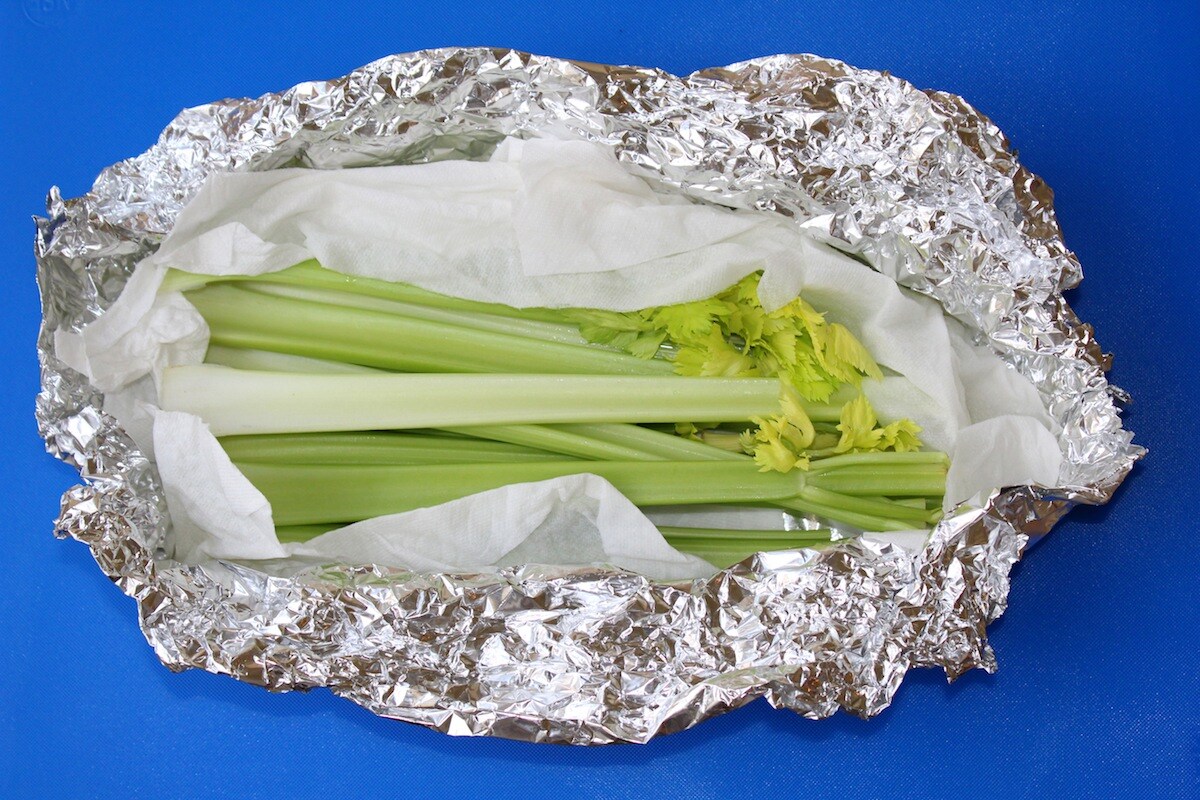
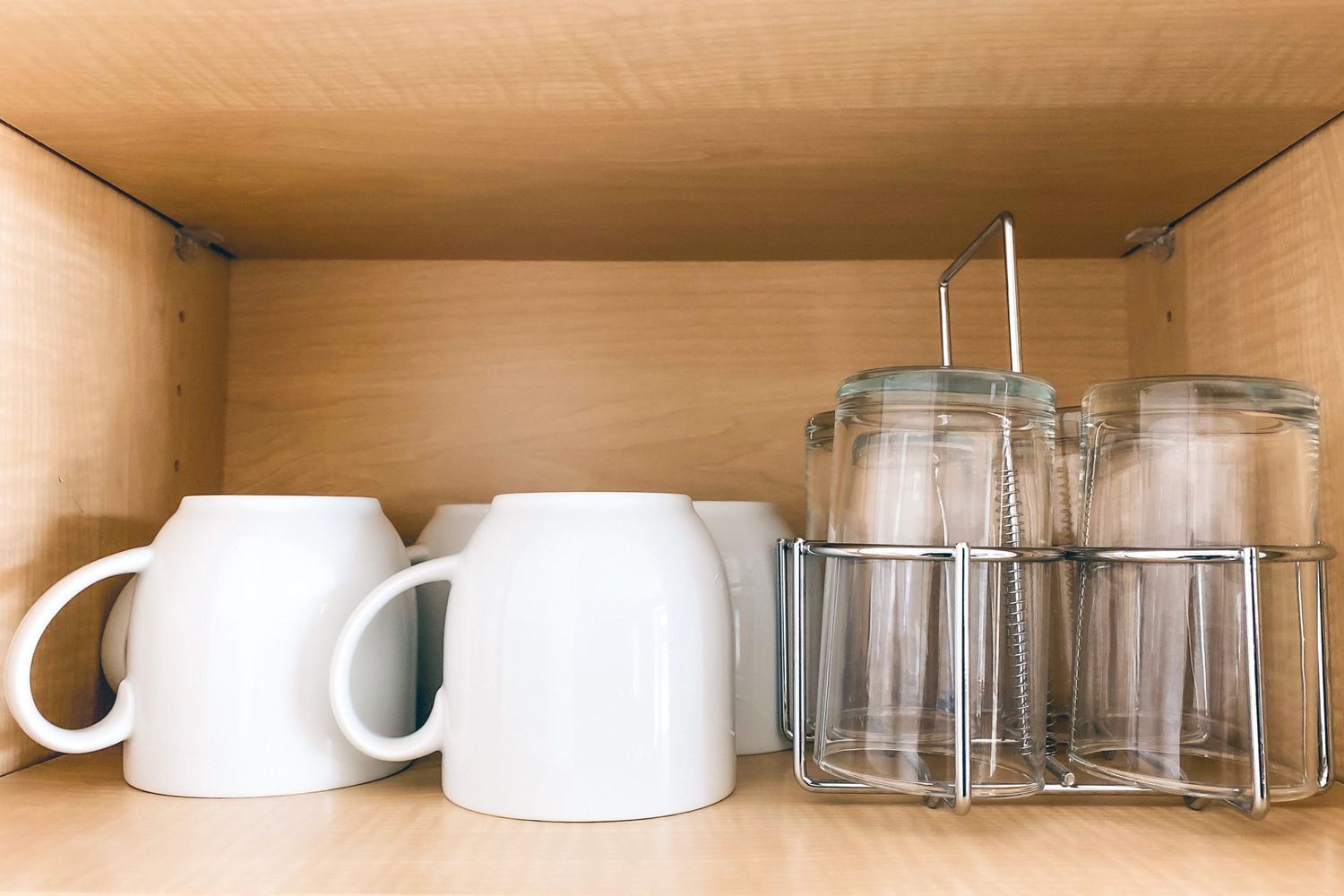

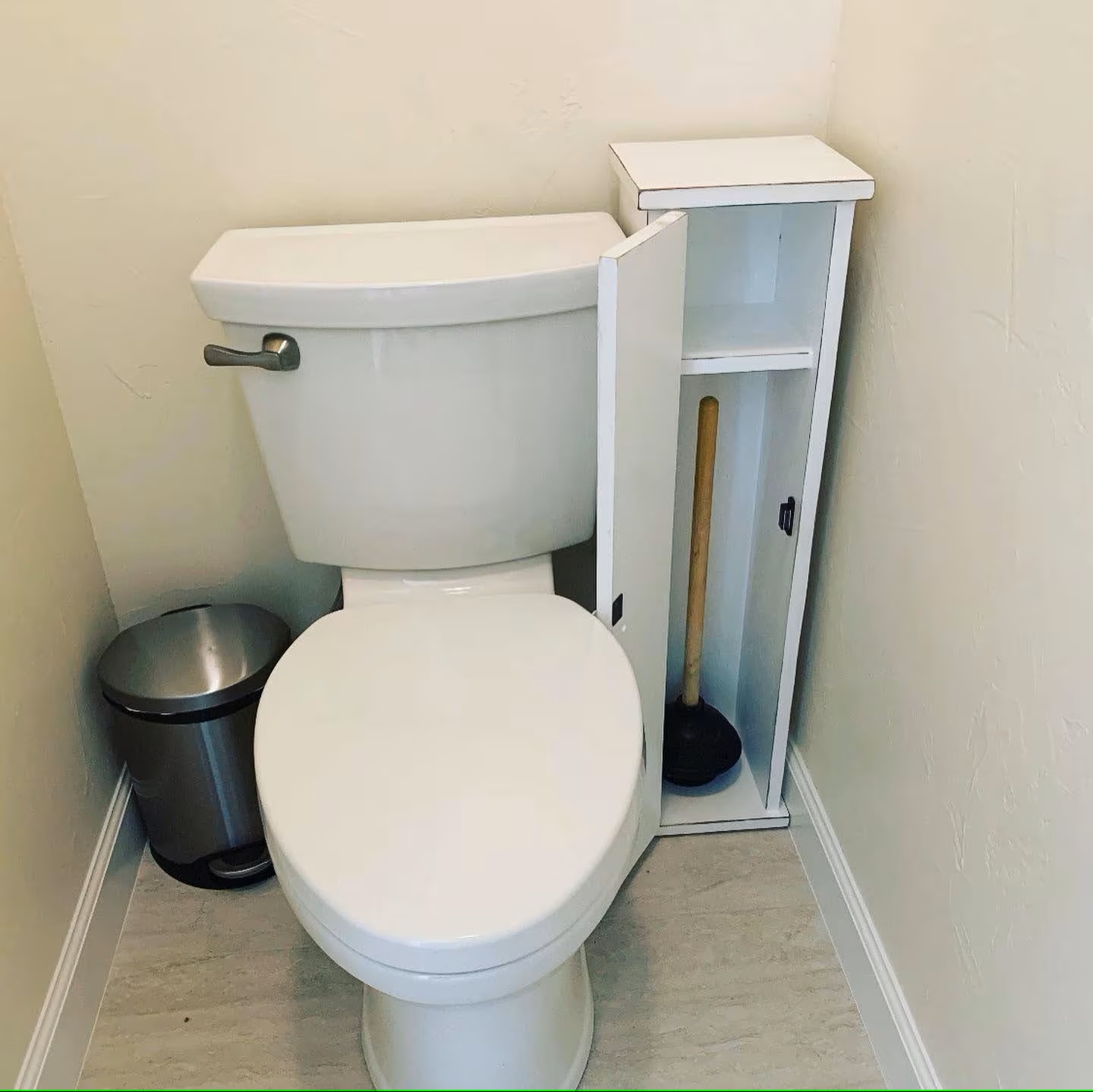



0 thoughts on “How To Store Ozempic”